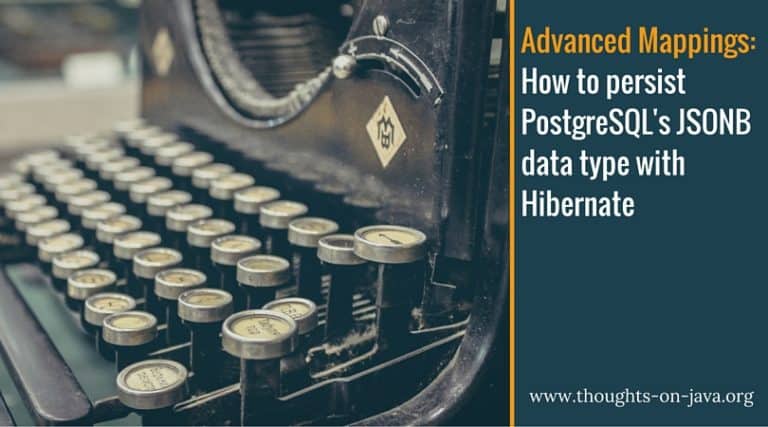How to use PostgreSQL’s JSONB data type with Hibernate
Most databases offer many proprietary features besides the known SQL standard. One example is PostgreSQL’s JSONB data type which allows you to store JSON documents efficiently in a database column. You could, of course, store the JSON document in a text column. That column type is part of the SQL standard. Hibernate and all other…





